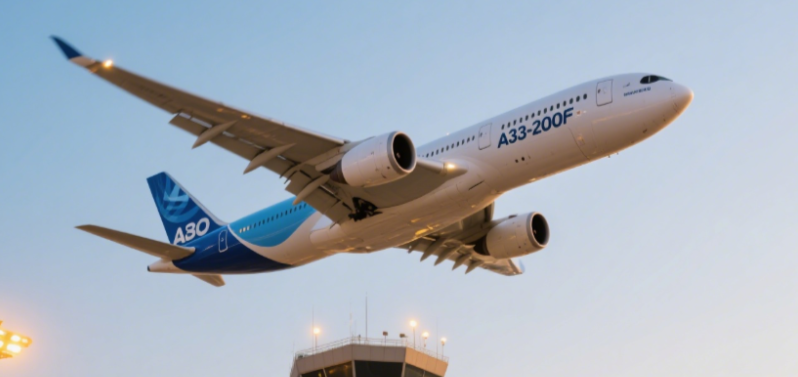
This article delves into the three core differences between US air freight forwarding and international express services, focusing on transportation processes, cost-effectiveness, and applicable scenarios. As a leading logistics provider, Winsail Logistics offers expert insights to help businesses and individuals choose the most suitable shipping method for their needs.
1. Transportation Process: With or Without Overseas Warehouse Transshipment
US Air Freight Forwarding:
This method combines air transportation with local delivery, involving a more complex process. Goods are first air-freighted to major US airports (e.g., Los Angeles, New York JFK) via international flights. After customs clearance, they are transferred to a local partner overseas warehouse or distribution center. The final mile delivery is then handled by US domestic couriers (e.g., USPS, FedEx Ground). This multi-step process requires seamless coordination across various logistics nodes.
International Express:
Operated by a single logistics provider, international express services offer a more streamlined process. Goods are transported from the origin to the destination using the courier's own air fleet or partnered air freight resources. Customs clearance is managed entirely by the courier, eliminating the need for overseas warehouse transshipment. Upon arrival in the US, delivery is completed through the courier's local delivery network (e.g., FedEx, UPS's local fleets), minimizing handling and transit times.
2. Cost vs. Timeliness: Balancing Affordability and Speed
Timeliness:
- US Air Freight Forwarding: Typically takes 7-15 days, influenced by flight schedules and customs clearance efficiency. Air transport accounts for 1-3 days, customs clearance 2-5 days, and delivery 3-7 days.
- International Express: Offers faster delivery, usually within 3-7 days, with expedited services available in 1-3 days (e.g., FedEx IP, DHL Express). Timeliness is highly stable, less affected by external factors.
Cost:
- US Air Freight Forwarding: Features lower unit prices, particularly suitable for large shipments over 21kg. Charges are based on weight tiers, with increasing discounts for heavier goods. Volumetric weight calculation is relatively lenient (some channels use "length × width × height / 6000").
International Express: Commands higher rates, especially for small parcels (0.5-20kg) and large, bulky items. Volumetric weight calculation is stricter (typically "length × width × height / 5000"), increasing costs for lightweight, oversized goods.
3. Applicable Scenarios: Matching Cargo Attributes with Logistics Needs
US Air Freight Forwarding:
Ideal for bulk, non-urgent shipments, such as:
- Replenishment stock for Amazon FBA (100kg+) sent by cross-border e-commerce sellers.
- Large furniture, appliances, and industrial parts.
Its advantage lies in reducing unit logistics costs, suitable for scenarios prioritizing cost-effectiveness and accepting a 3-10 day delivery extension.
International Express:
Best suited for small, urgent, or high-value shipments, including:
- Personal belongings (a few kilograms) sent by individuals.
- Commercial samples, urgent documents, and luxury goods.
Its strengths include rapid delivery and strong end-to-end control, catering to time-sensitive needs willing to pay a premium for speed.
About Winsail Logistics:
As a trusted name in international logistics, Winsail Logistics specializes in providing tailored shipping solutions, including US air freight forwarding and international express services. Our expertise ensures your cargo reaches its destination efficiently, cost-effectively, and securely. Contact us : overseas.01@winsaillogistics.com today to optimize your logistics strategy!
-
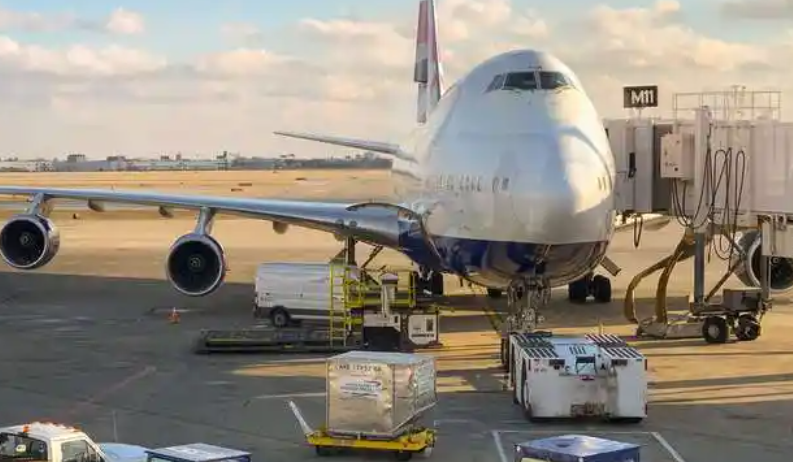 Key Differences in Document Handling & Handover for Consolidated Air FreightJul 16,2025
Key Differences in Document Handling & Handover for Consolidated Air FreightJul 16,2025 -
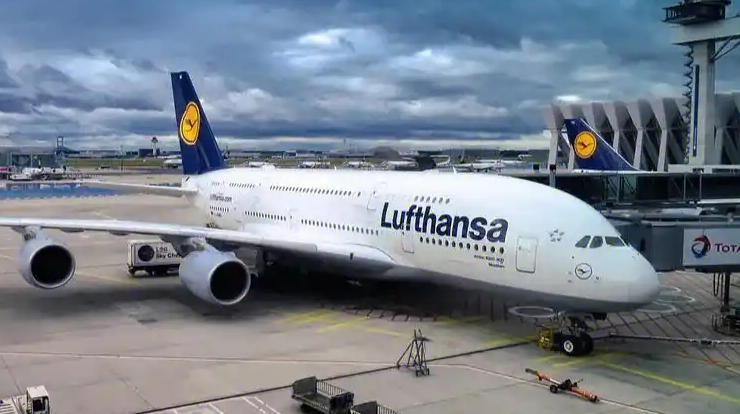 Unveils the Comprehensive Glossary of Air Freight Terms: Decode AWB, ULD, TACT & MoreJul 15,2025
Unveils the Comprehensive Glossary of Air Freight Terms: Decode AWB, ULD, TACT & MoreJul 15,2025 -
 USA DDP By Air vs. International Express: A Comparative Analysis of 3 Core DifferencesJul 15,2025
USA DDP By Air vs. International Express: A Comparative Analysis of 3 Core DifferencesJul 15,2025 -
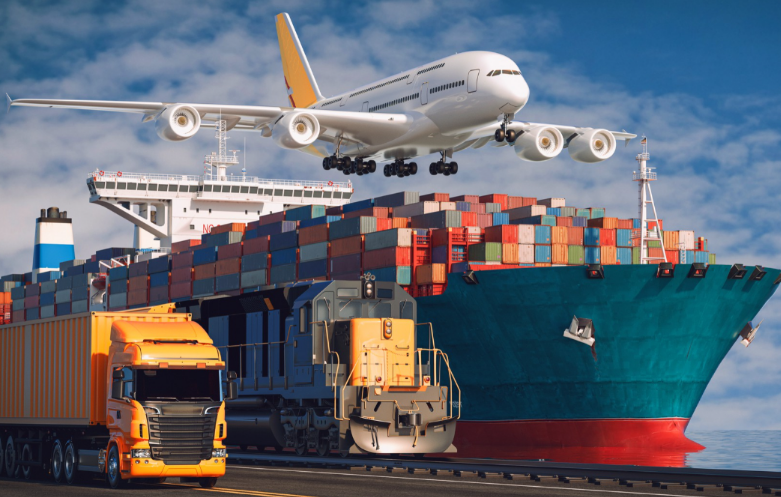 What are the shipping options from China to USA?Jun 24,2025
What are the shipping options from China to USA?Jun 24,2025 -
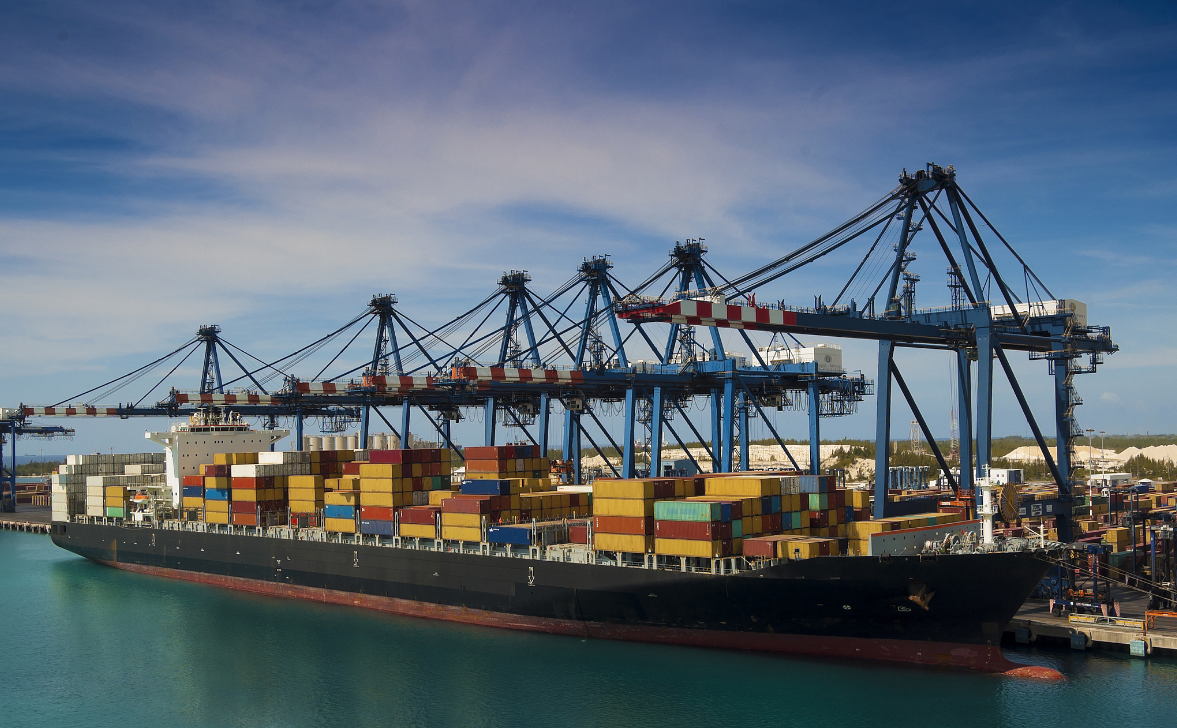 Shipping Costs from China to IsraelJun 23,2025
Shipping Costs from China to IsraelJun 23,2025 -
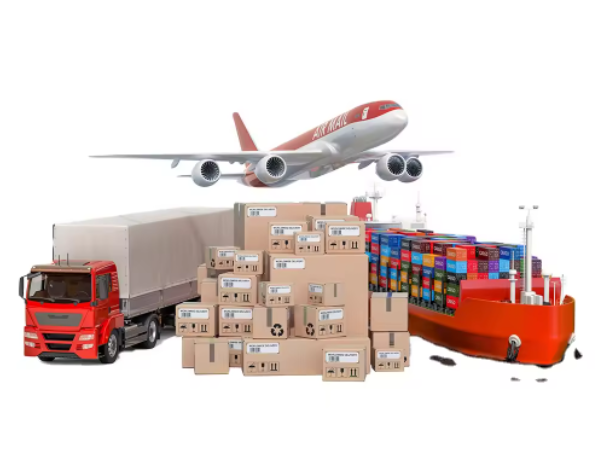 Door to door or DDP shipping from China to Mombasa, KenyaJun 20,2025
Door to door or DDP shipping from China to Mombasa, KenyaJun 20,2025

